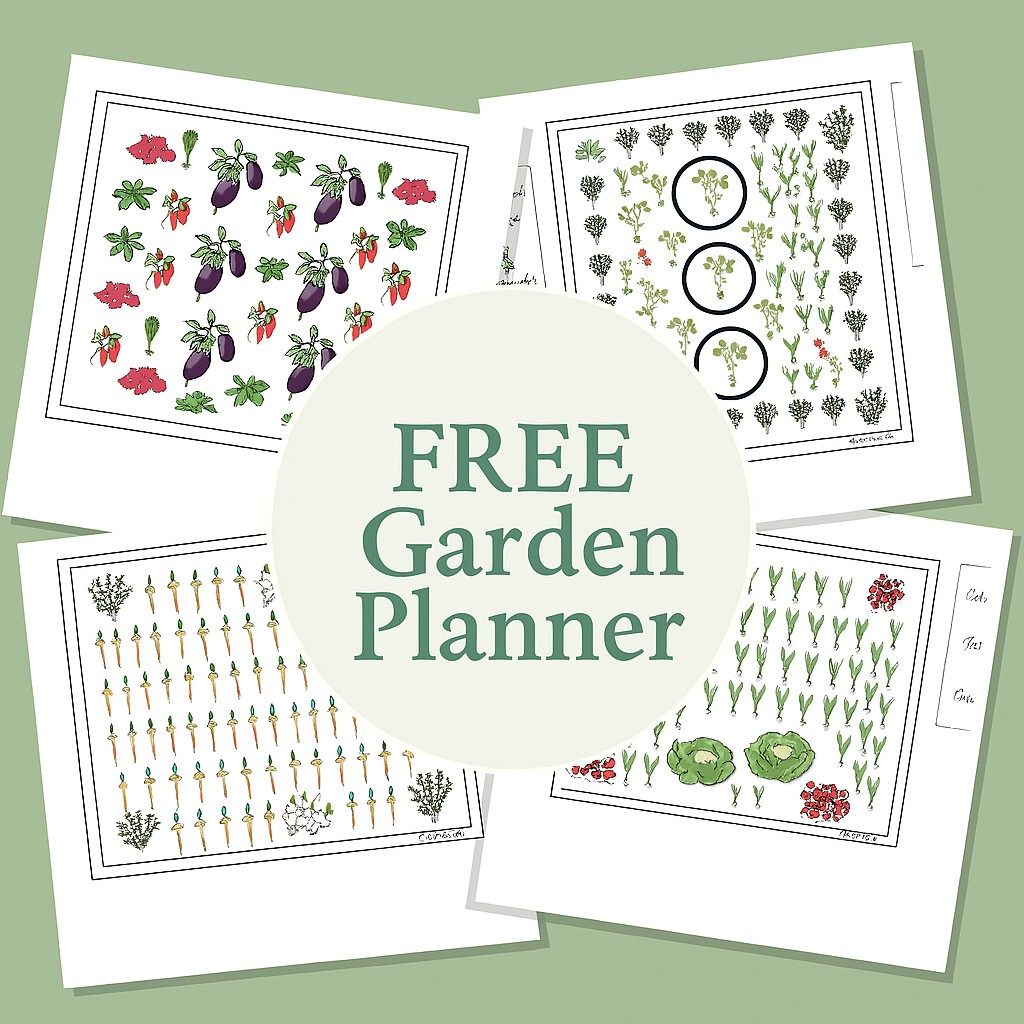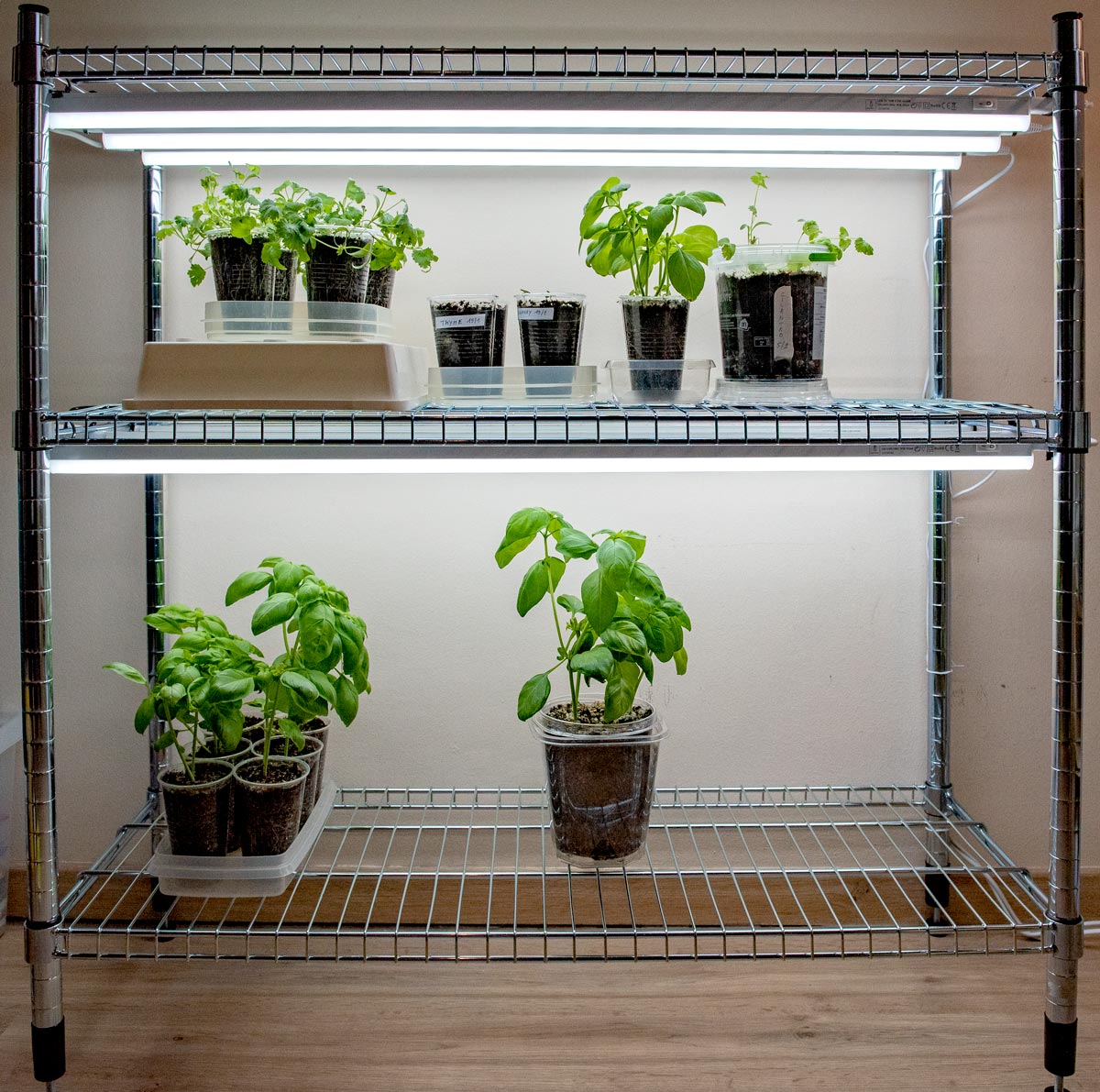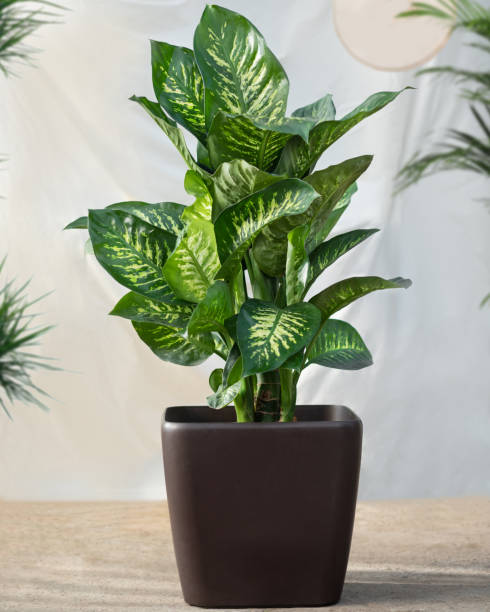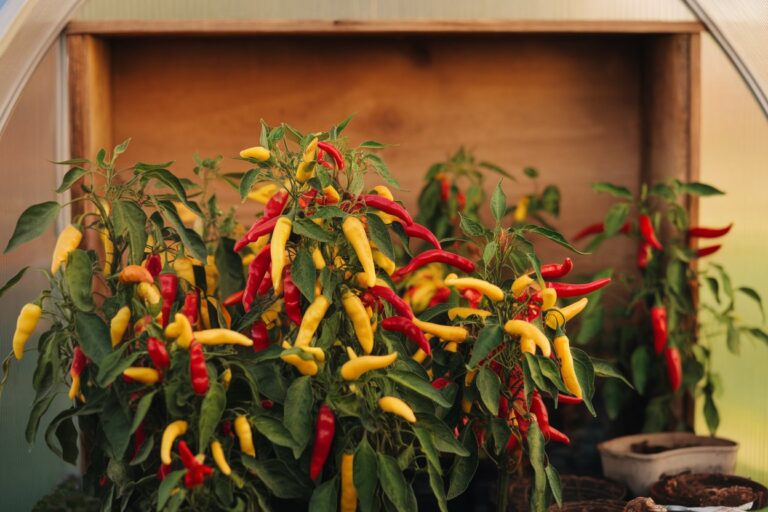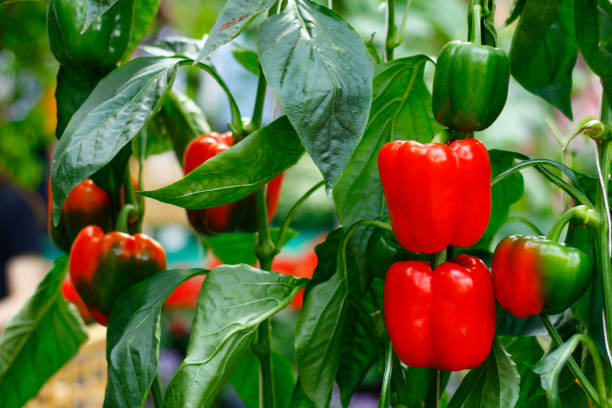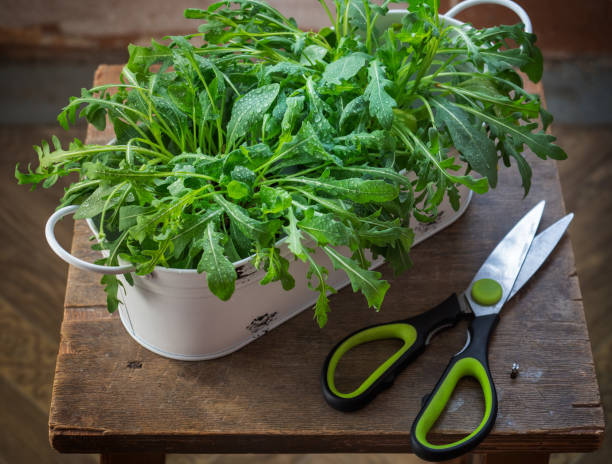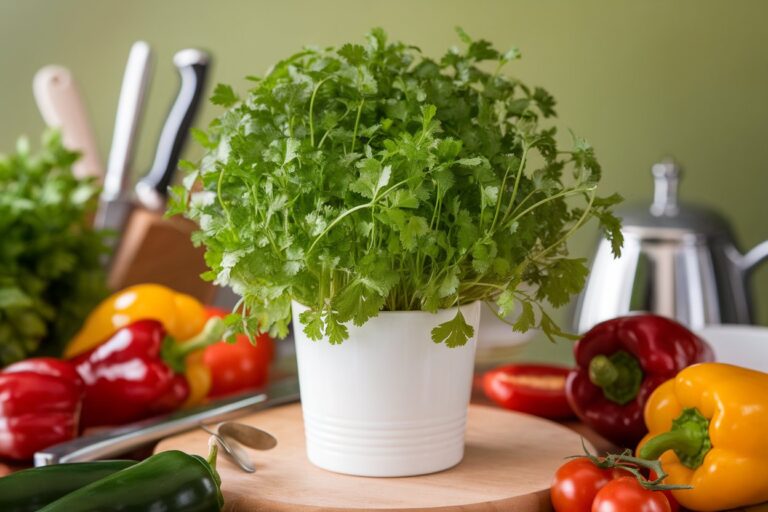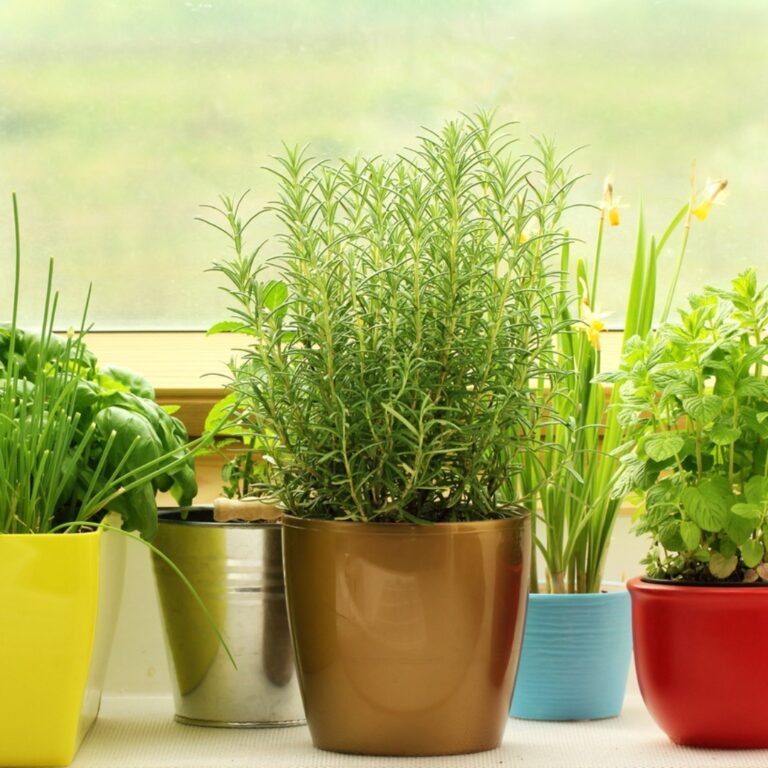The Ultimate Guide to Indoor Grow Light Gardening: Setup, Tips & Tools
Look, I’ll be real with you—indoor gardening used to confuse the heck out of me. I’d see all these lush setups on social media and wonder how on earth people were growing basil in winter while mine looked like a sad twig.

Turns out, it wasn’t me—it was the light. Or the lack of it.
Since then, I’ve gone down the rabbit hole of grow lights and let me tell you, it’s a game-changer. This guide is basically everything I wish someone had told me when I first started out.
From what kind of grow light you actually need, to setting it up without turning your living room into a spaceship. So if you’re in the same boat—trying to keep your plants alive, maybe grow a few herbs or leafy greens indoors—this one’s for you.
Why Use Grow Lights?
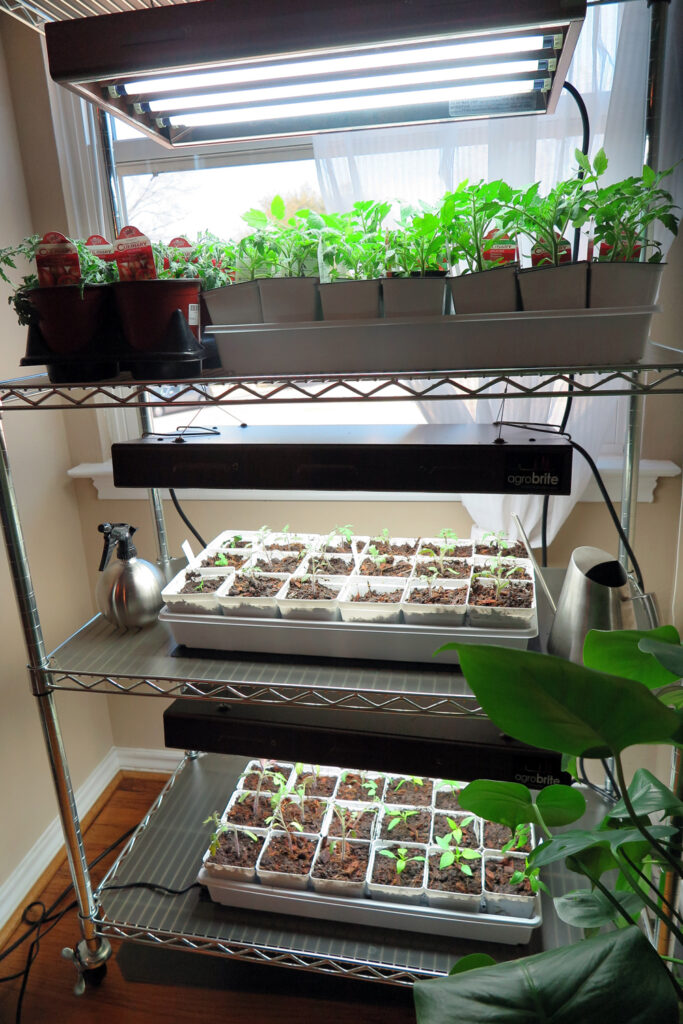
Unless you’ve got a sun-drenched room that gets 8 hours of light (and who really does?), chances are your indoor plants are craving more light. Especially in winter or if you’re in an apartment.
Grow lights basically act like a mini sun. They help your plants photosynthesize, which is just a fancy way of saying “they stay alive and actually grow.”
Without enough light, they stretch, get leggy, or just sit there doing absolutely nothing.
Nicole Burke over at Gardenary nailed it—plants grown without good light end up weak and spindly. Ever had a seedling that grew like a giraffe and fell over? Yep. Been there.
Planning Your Setup: What to Think About First
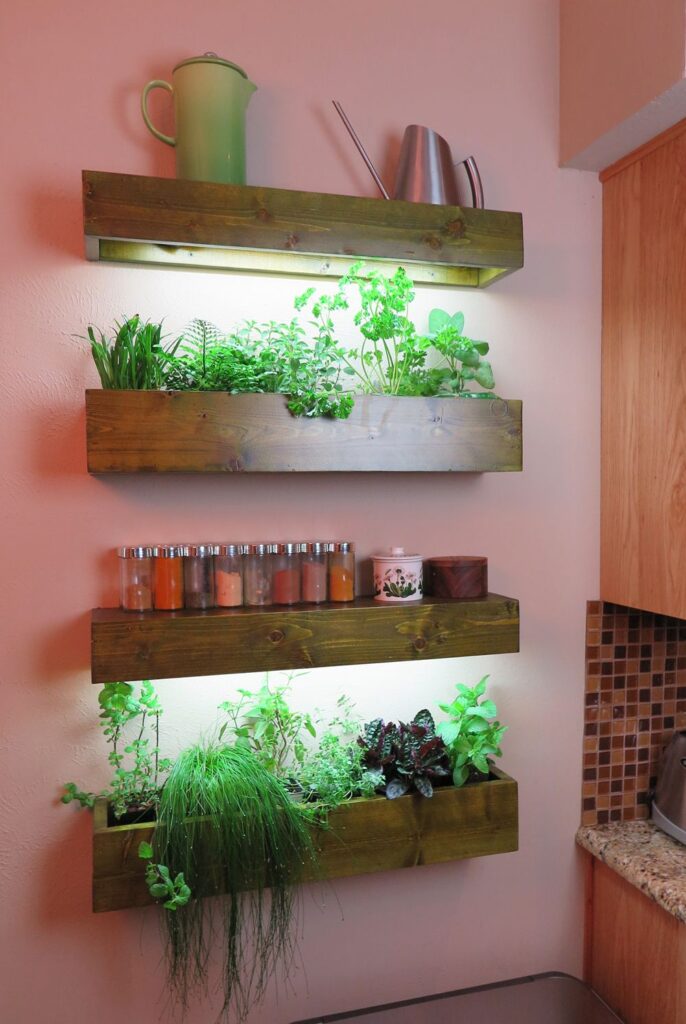
This part really depends on what you’re working with. I started with one sad basil plant and now I’ve got a whole shelving unit lit up like a plant disco.
Ask yourself:
- What are you growing? Herbs, leafy greens, houseplants? Fruiting plants need more intense light.
- How much space do you have? A kitchen counter? A corner shelf? An entire spare room?
- Do you want it to look pretty, or just be functional? No judgment either way—I’ve done both.
The folks at The Sill say to keep grow lights 12–30 inches above your plants. That sweet spot avoids burning and keeps them growing evenly.
Types of Grow Lights
1. LED Grow Lights
LED (Light Emitting Diode) grow lights are energy-efficient, long-lasting, and emit minimal heat.
They are available in various spectrums, including full-spectrum options that mimic natural sunlight. LEDs are suitable for a wide range of plants and are ideal for both beginners and experienced gardeners.
2. Fluorescent Grow Lights
Fluorescent lights, such as T5 and CFL bulbs, are affordable and emit low heat.
They are excellent for seedlings, herbs, and leafy greens. However, they may not be as effective for flowering or fruiting plants due to their lower light intensity. Source: Gardener’s Supply
3. High-Intensity Discharge (HID) Lights
HID lights, including Metal Halide (MH) and High-Pressure Sodium (HPS) lamps, are powerful and emit intense light, making them suitable for large-scale or commercial operations.
They produce significant heat and require proper ventilation. Source: University of Minnesota Extension
DIY Grow Light Setups (aka How to Save Money & Still Grow Like a Pro)
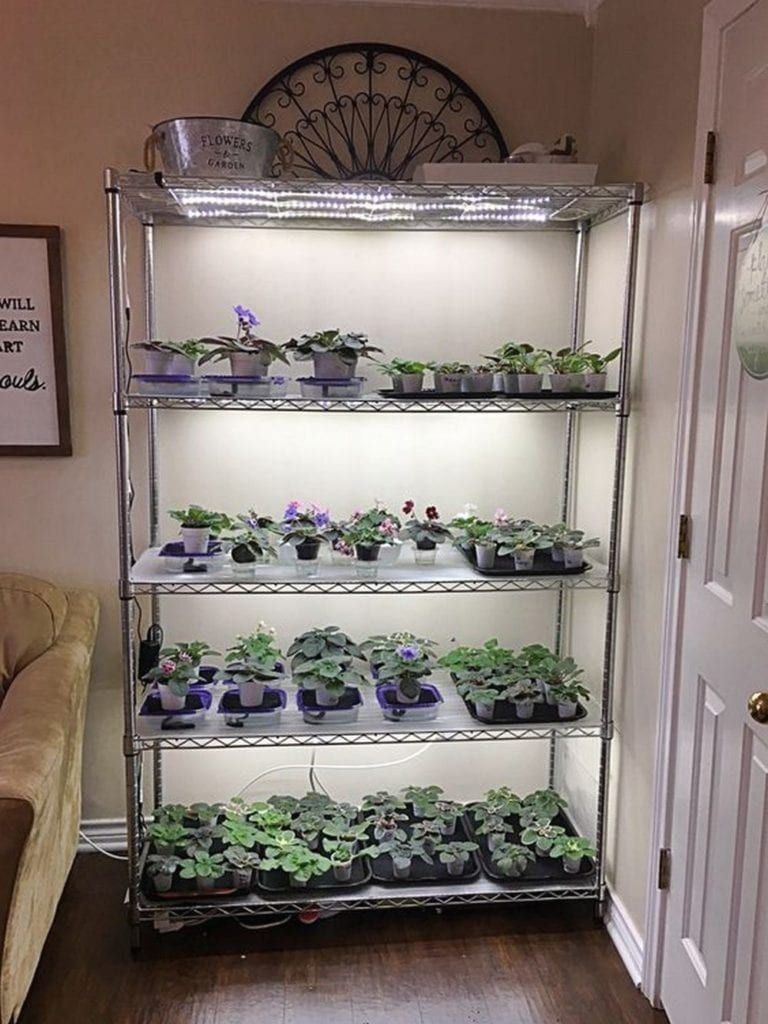
You don’t have to drop hundreds to get started. My first setup was basically a clamp light and a metal shelf. And it worked.
PVC Stand
Fine Gardening has a guide that uses PVC pipe and a shop light. Total cost? Under $60. I tried something similar, and it’s a great beginner project.
Budget Shelf Hack
Urban Leaf has this awesome idea using a wire shelf and some clamp lights. It cost me less than a dinner out and worked way better than I expected.
Bookshelf Glow-Up
I turned an old IKEA shelf into a legit grow station with some LED strips. Easy to do and looks clean too. If you’re after aesthetic plus function, this is it.
The Gear: Grow Lights You Can Actually Buy
I’ve tested a bunch of these (and wish I hadn’t wasted money on a few). This section was originally cluttered with region-specific picks—so I’ve cleaned it up to focus on US-available gear that’s consistently recommended, well-reviewed, and beginner-friendly.
GE BR30 LED Grow Light Bulbs (2-Pack)
Description: Full-spectrum BR30 bulbs with balanced light, suitable for standard fixtures.
Ideal For: Herbs, leafy greens, seedlings.
Price: $14.99
Buy Now: Amazon
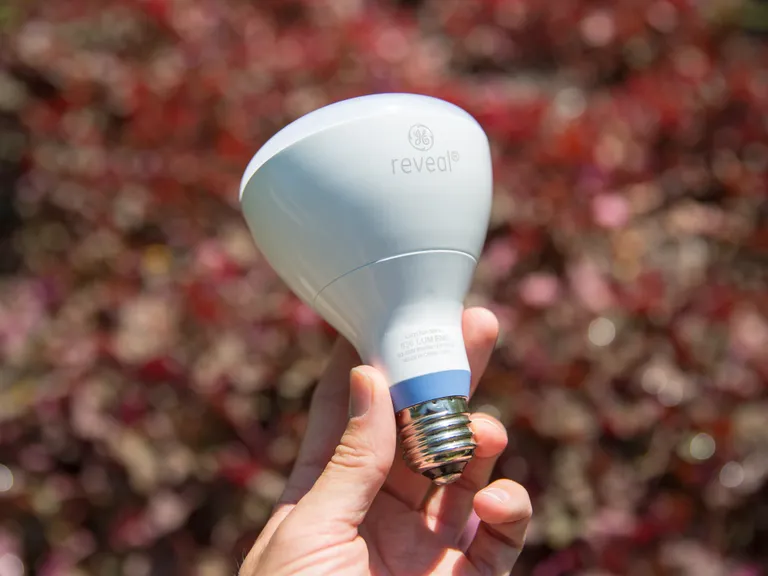
Barrina T5 2FT LED Grow Light Strips (8-Pack)
Description: 80W total, full-spectrum, linkable design with plug-and-play installation.
Ideal For: Seedlings, microgreens, shelf setups.
Price: $53.99
Buy Now: Amazon
VIPARSPECTRA P1500 LED Grow Light
Description: Full-spectrum light with dimmable function, ideal for 3×3 ft coverage.
Ideal For: Vegetative and flowering stages.
Price: $129.99
Buy Now: www.viparspectra.com

Roleadro 75W LED Grow Light Panel
Description: Compact panel with full-spectrum light, suitable for small indoor plants.
Ideal For: Succulents, herbs, seedlings.
Price: $39.99
Buy Now: Amazon
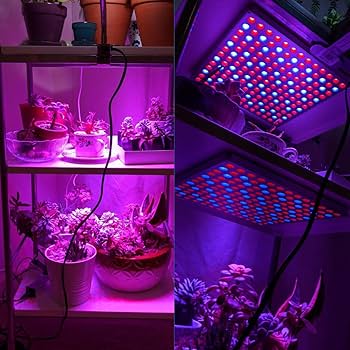
Briignite BR30 LED Grow Light Bulbs (4-Pack)
Description: 12W bulbs with full-spectrum light, high brightness, and energy-saving design.
Ideal For: Seedlings, herbs, indoor plants.
Price: $29.99
Buy Now: Amazon
Barrina T5 4FT LED Grow Light Strips (8-Pack)
Description: 160W total, full-spectrum, linkable design, ideal for larger setups.
Ideal For: Greenhouses, plant shelves, indoor gardens.
Price: $89.99
Buy Now: Amazon
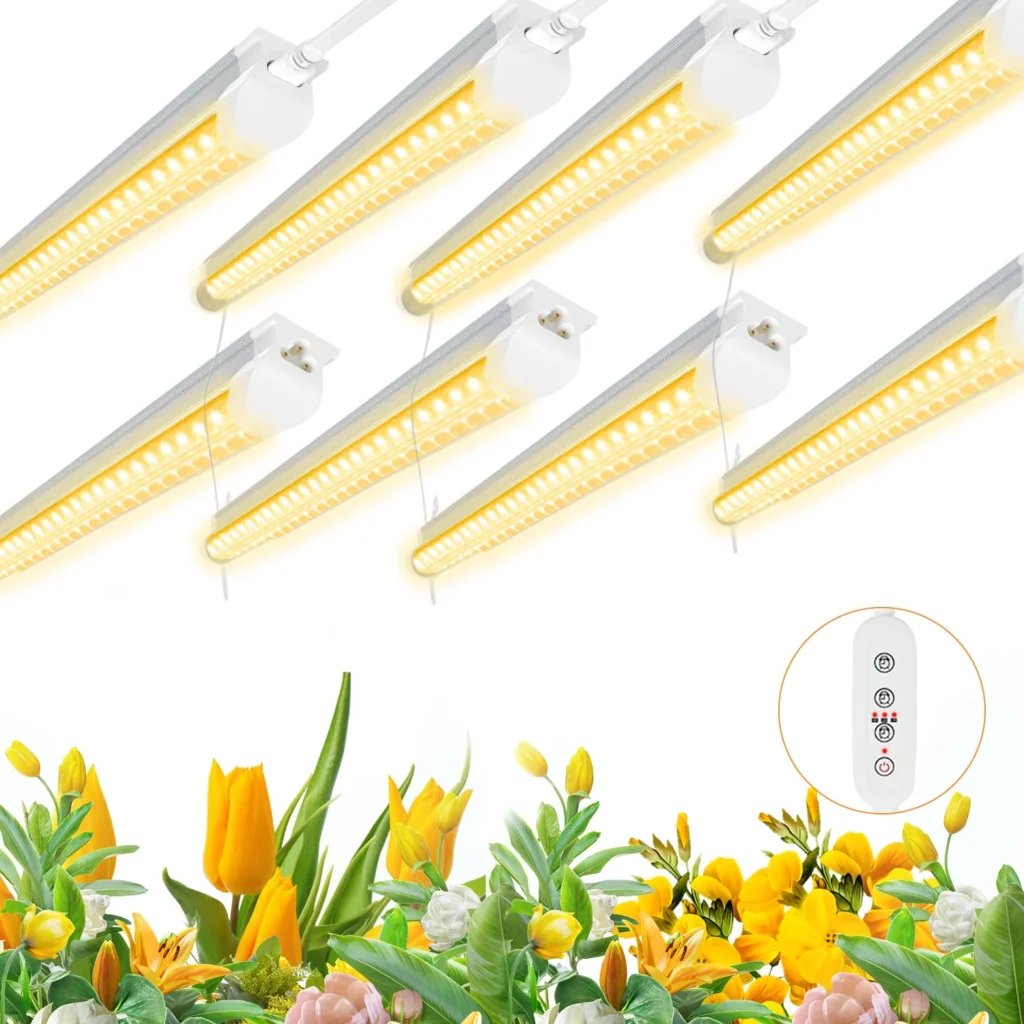
VIPARSPECTRA XS1500 Pro LED Grow Light
Description: Advanced full-spectrum light with Samsung LEDs, dimmable, suitable for 2×2 ft coverage.
Ideal For: Vegetative and flowering stages.
Price: $139.99
Buy Now: Amazon
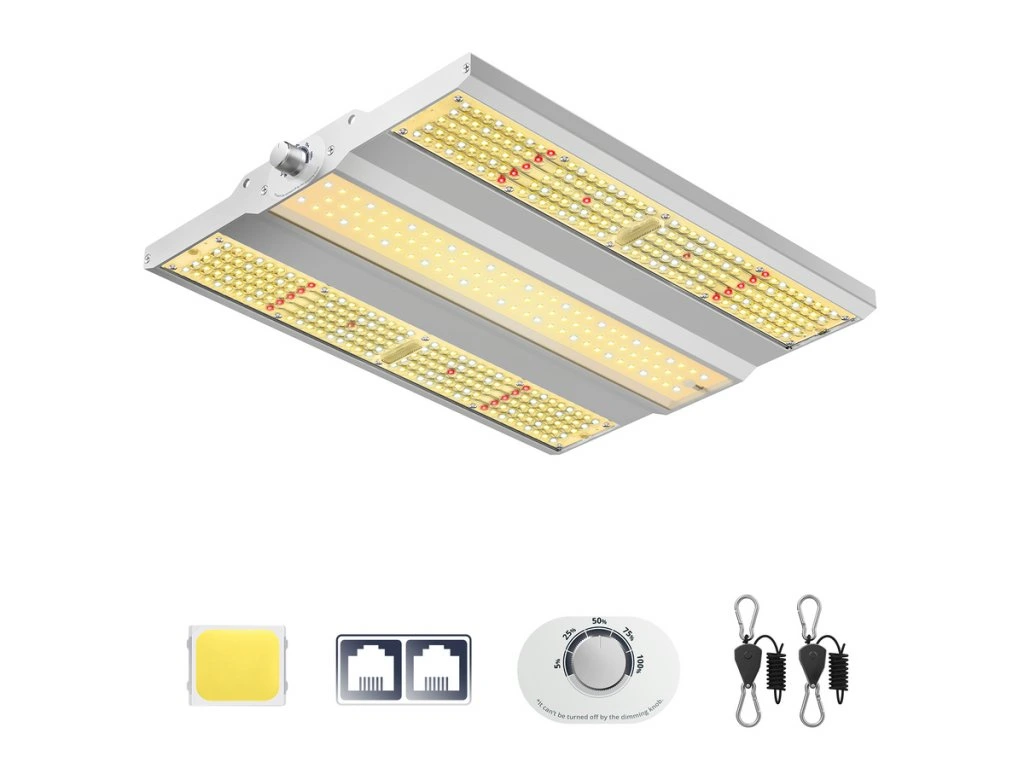
Roleadro 1200W LED Grow Light
Description: High-power full-spectrum light with IR, suitable for larger indoor gardens.
Ideal For: Vegetative and flowering stages.
Price: $109.99
Buy Now: Amazon
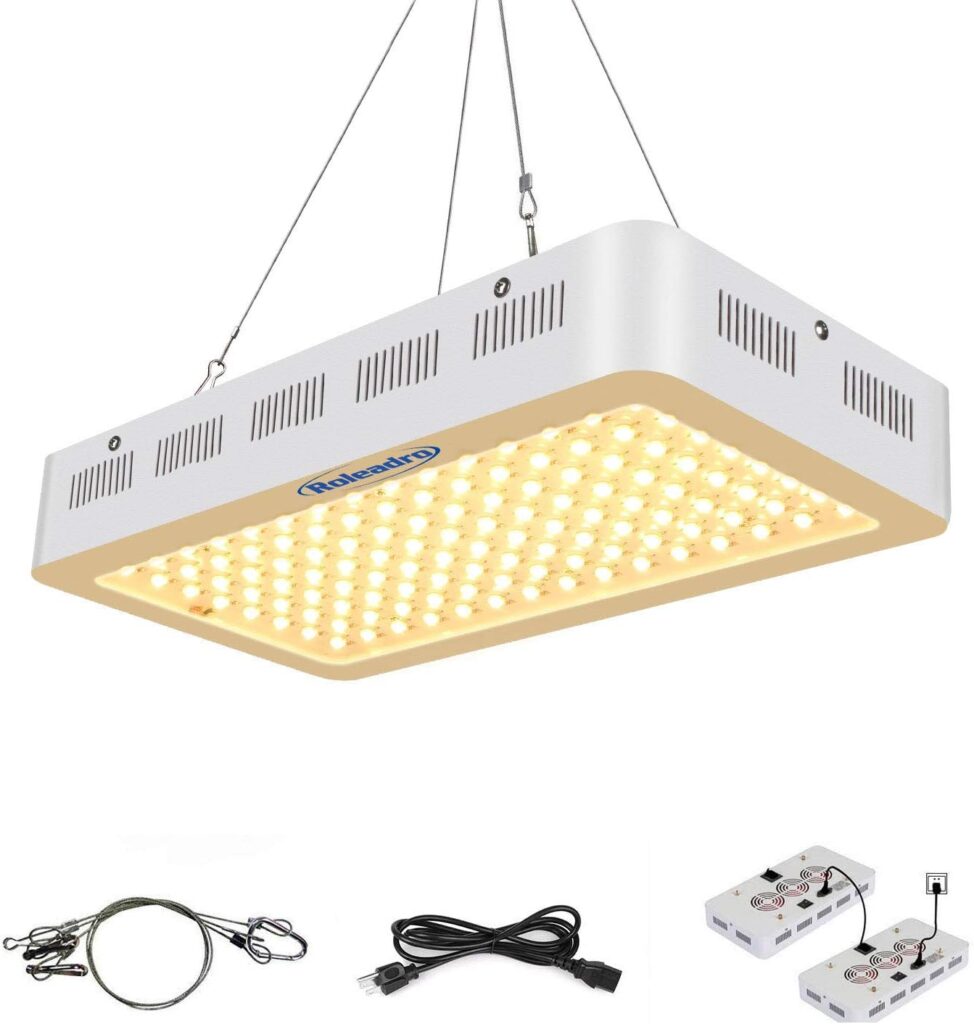
Making It Look Good (Yes, It’s Possible)
I used to hide my grow lights behind a curtain because they were so ugly. But now there are actually cute ways to do it.
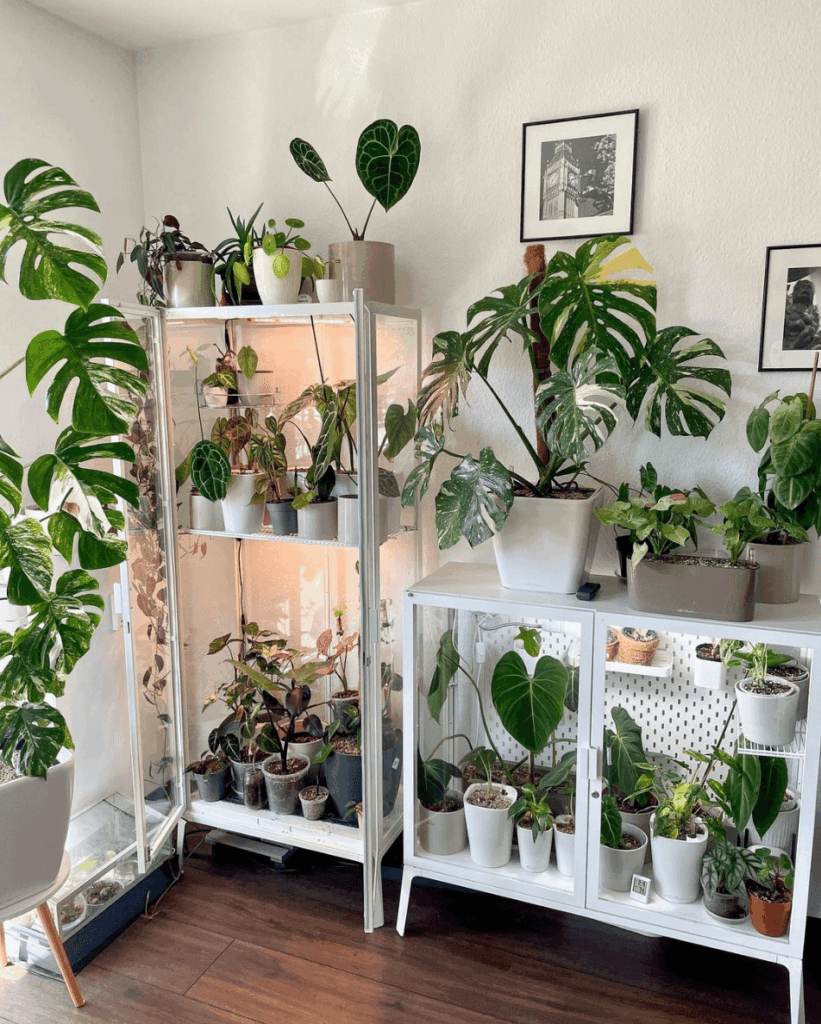
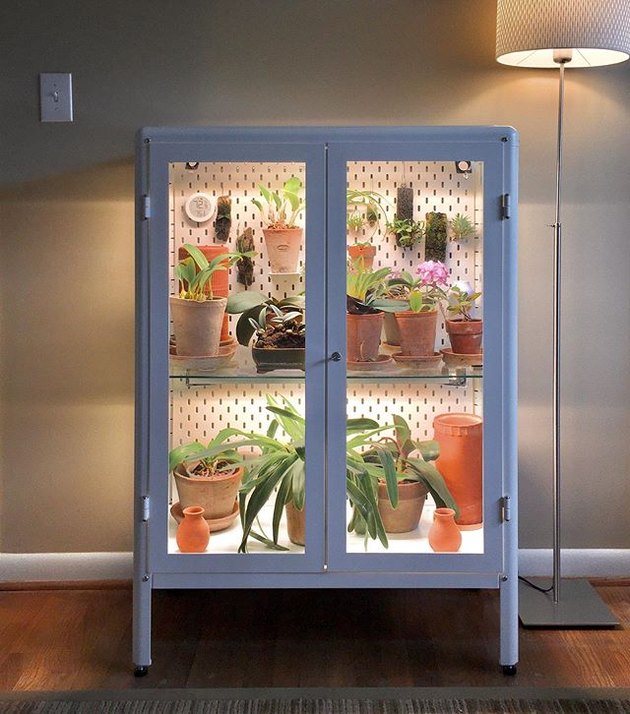
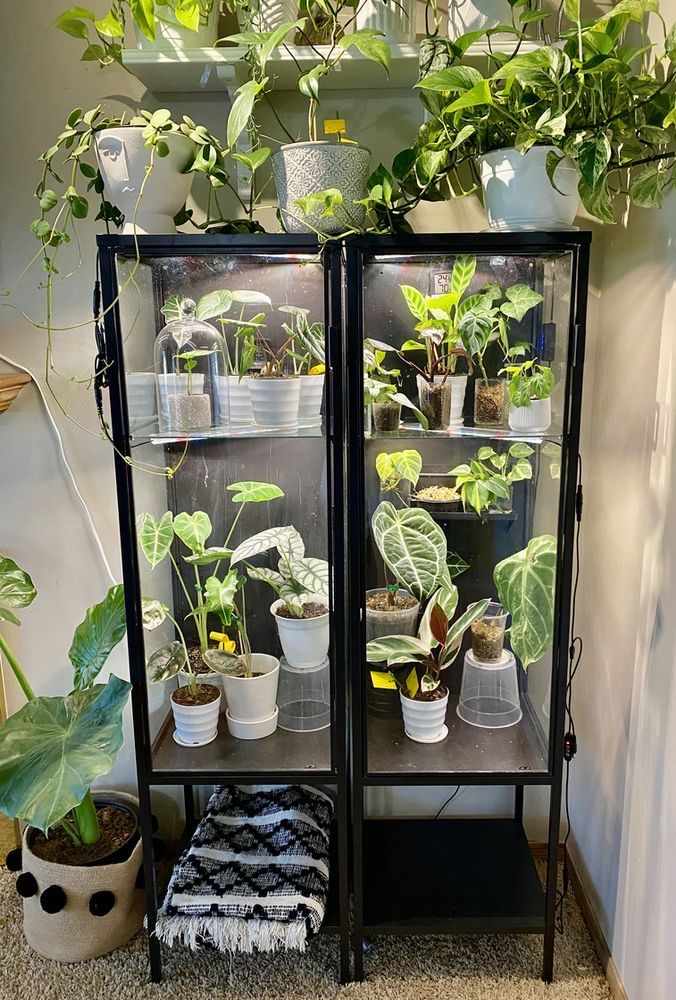
- IKEA Hack Greenhouse – People are turning glass-door cabinets into plant havens. Add a strip light and you’ve got a plant boutique in your hallway. The Spruce has some wild inspiration
- Pendant Lights with Grow Bulbs – Looks like decor, but keeps your plants alive. Bonus.
- Wall-Mounted Shelves – Mount an LED strip under floating shelves and stack your plant babies. Minimalist and smart.
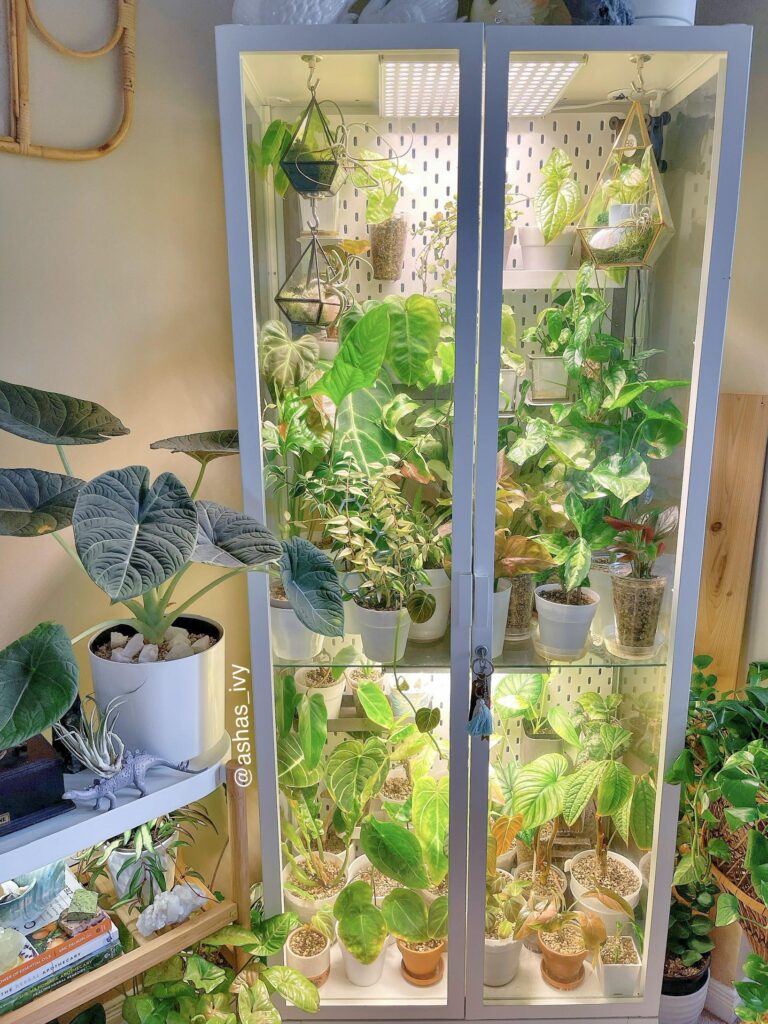
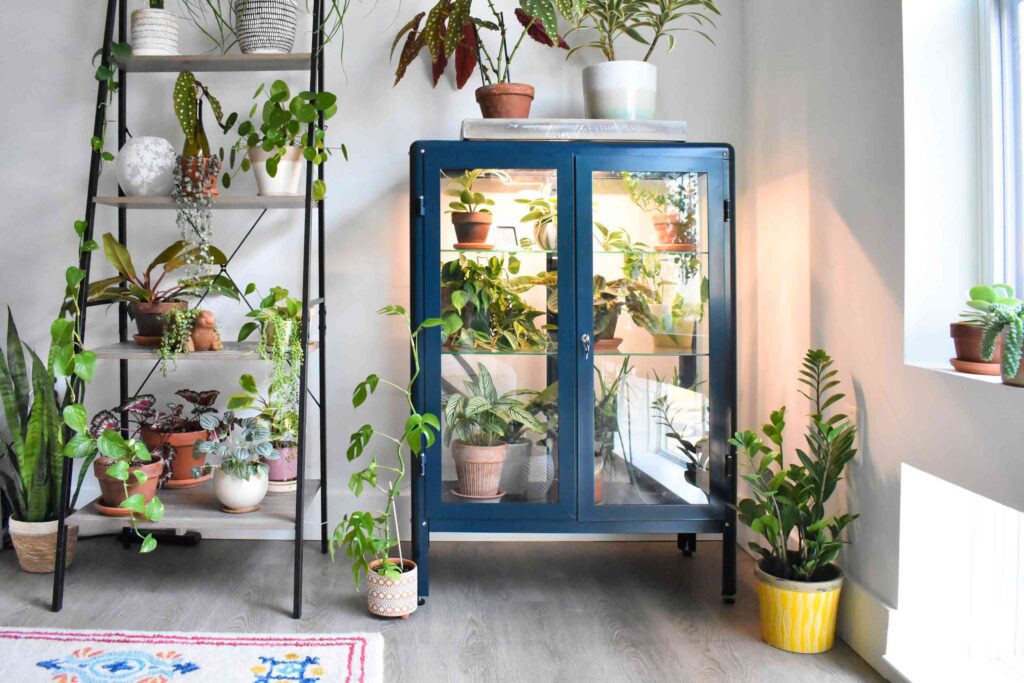
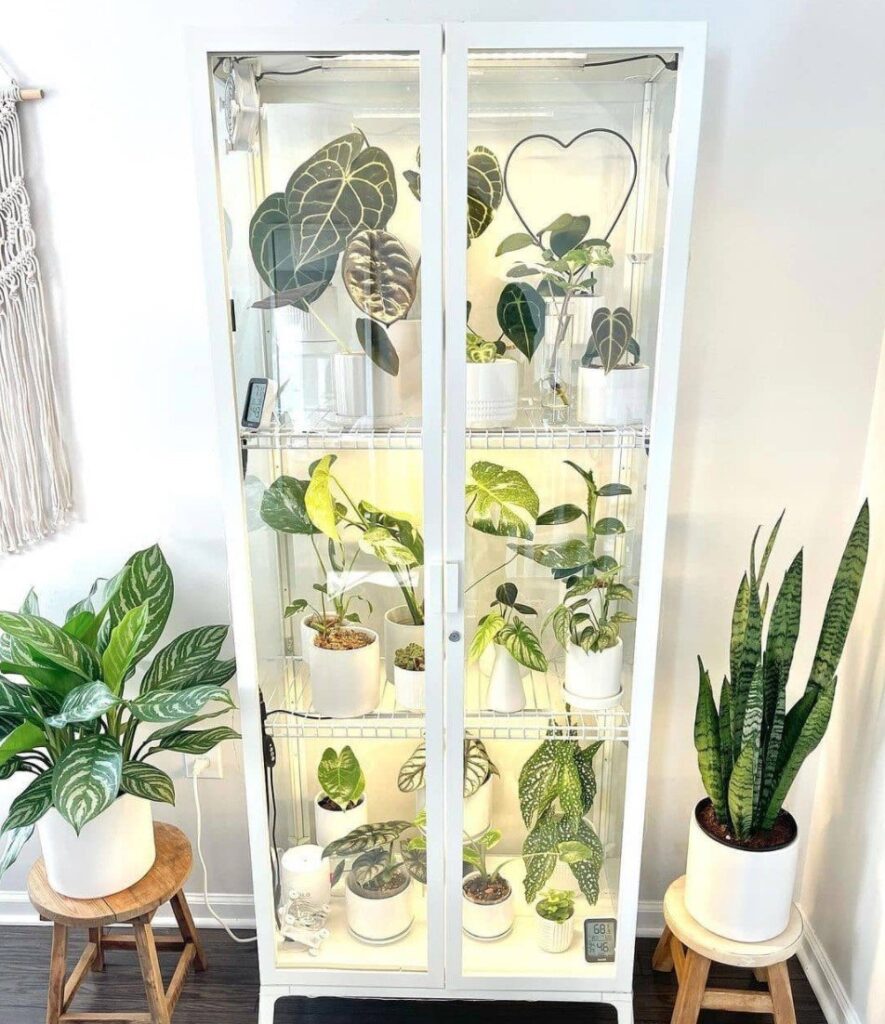
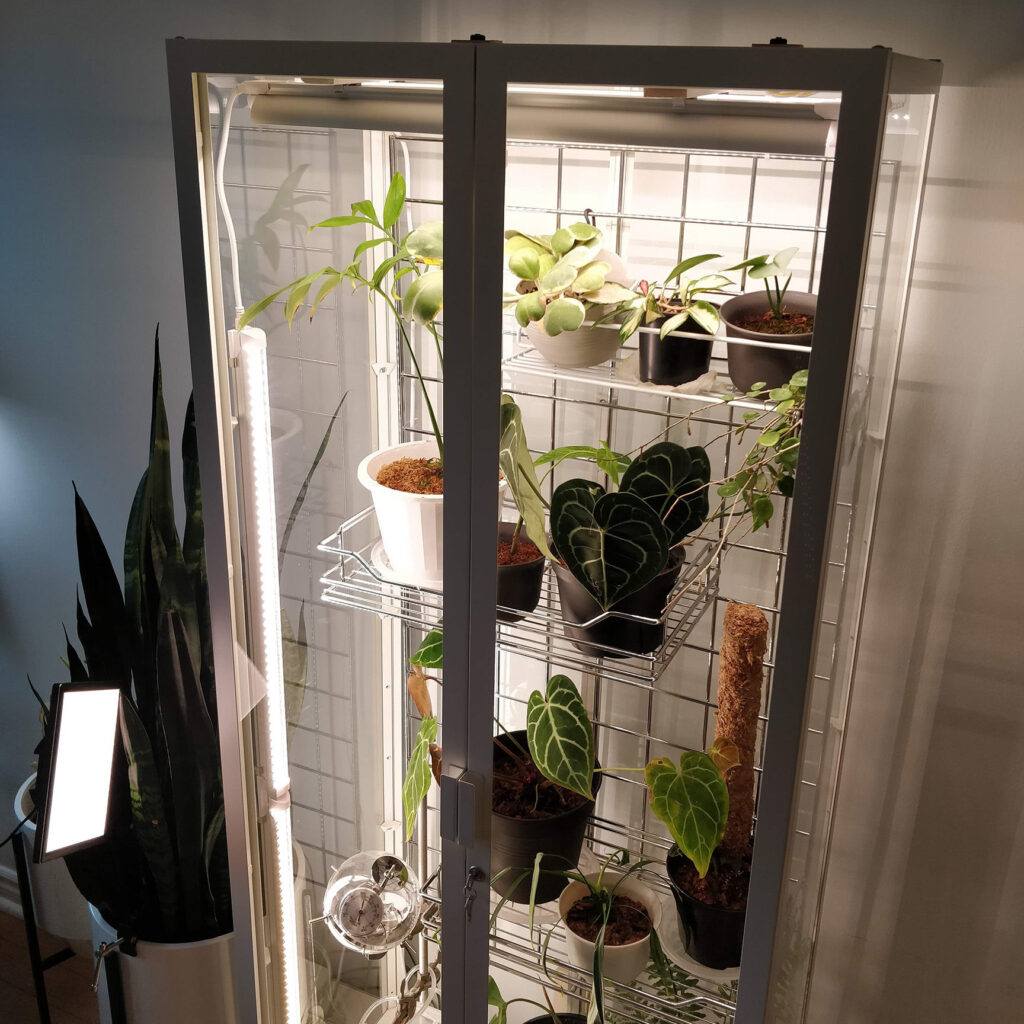
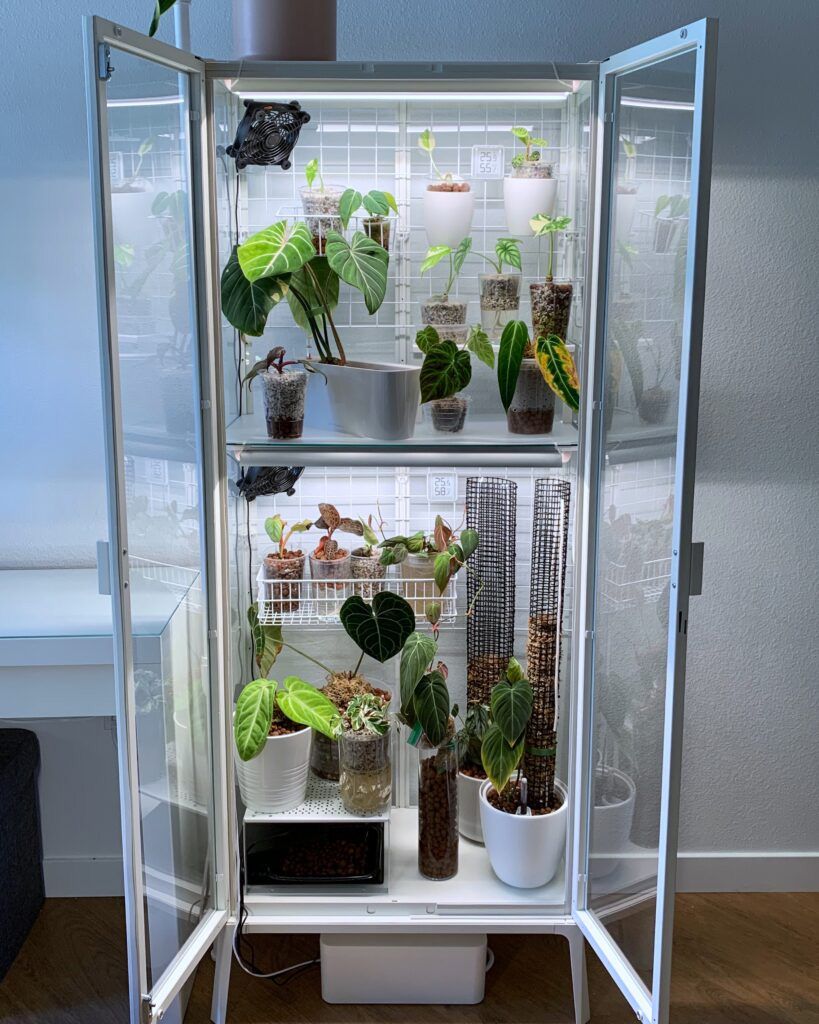
Cabinets That Work Great for Grow Light Setups
If you want something a little more stylish or compact than open shelving, grow light cabinets are an awesome solution.
You don’t even have to buy them new—second-hand cabinets work just as well and often have way more character.
Thrift stores, garage sales, and Facebook Marketplace are goldmines for scoring vintage or pre-loved cabinets that can be transformed into epic plant havens.
Here are a few cabinet styles and IKEA options that people (including me!) have turned into lush little indoor jungles:
1. IKEA MILSBO Cabinet
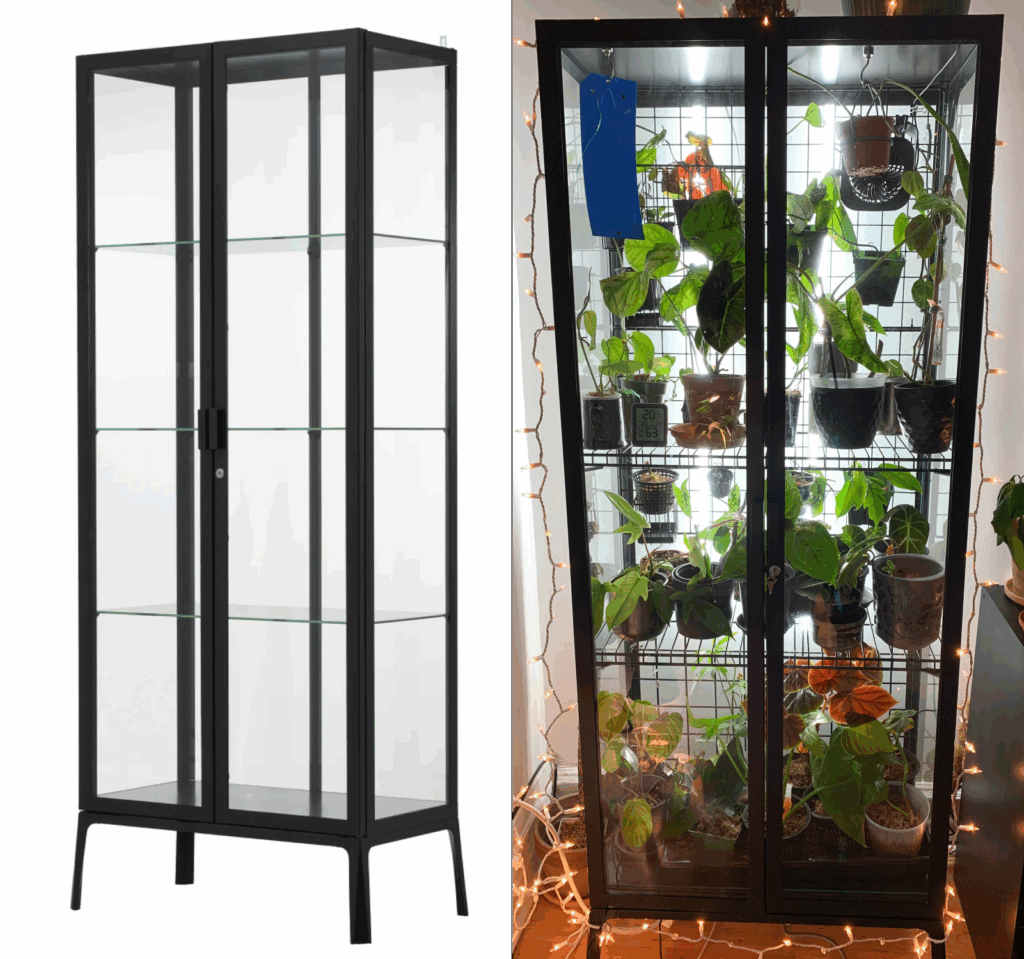
- This glass-door cabinet has become a cult favorite among plant lovers. It’s tall, sleek, and lets in lots of light while keeping humidity more stable. Perfect for converting into a grow cabinet with strip lights or clip-on LEDs.
2. IKEA FABRIKÖR
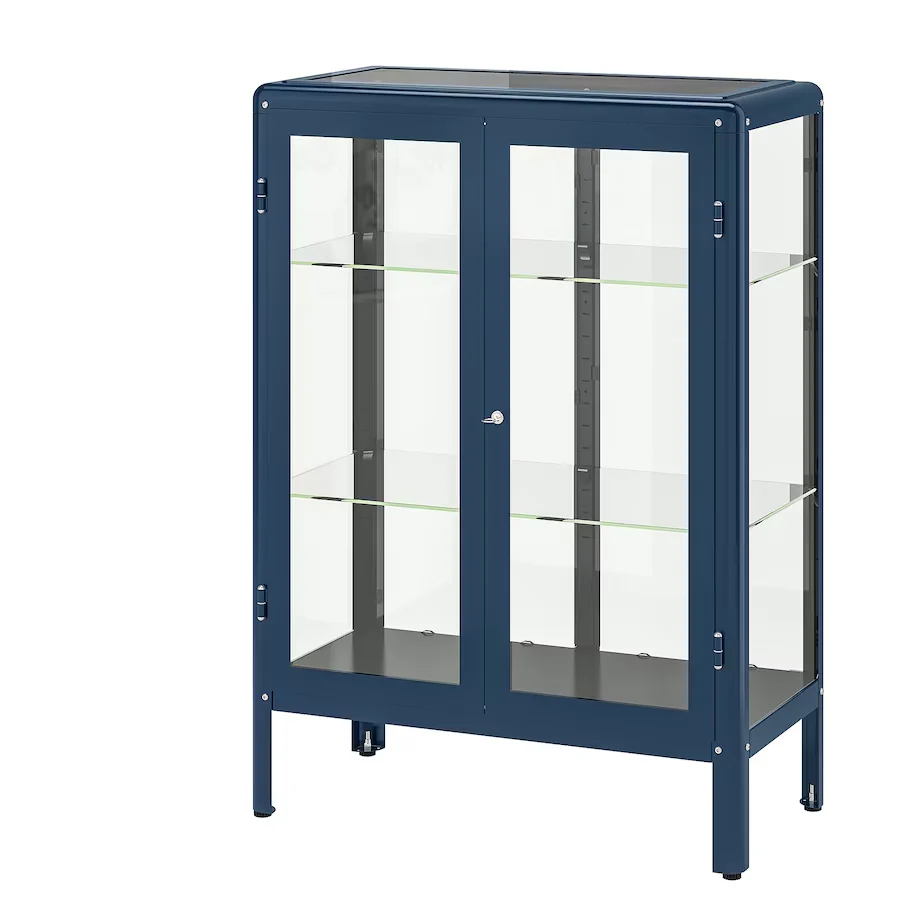
- A bit smaller and more vintage looking, but super solid. The metal and glass combo makes it easy to clean and modify for ventilation or lighting.
3. IKEA DETOLF Display Case
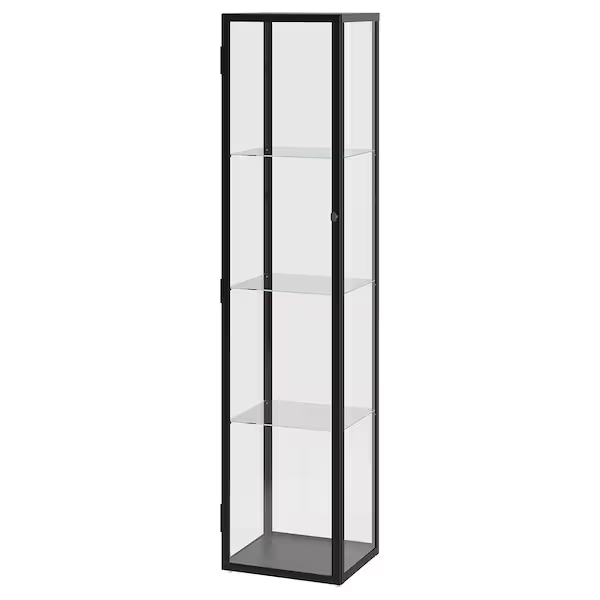
- Originally made for action figures or collectibles, but it’s narrow and tall—great for vertical setups. You’ll need to get creative with light placement, but it works surprisingly well.
4. RUDSTA Cabinet

- Modern, minimal, and fits perfectly in small rooms or even kitchens. Many plant lovers add grow lights and fans to these for tropical plants.
5. Repurposed Bookcases or China Cabinets
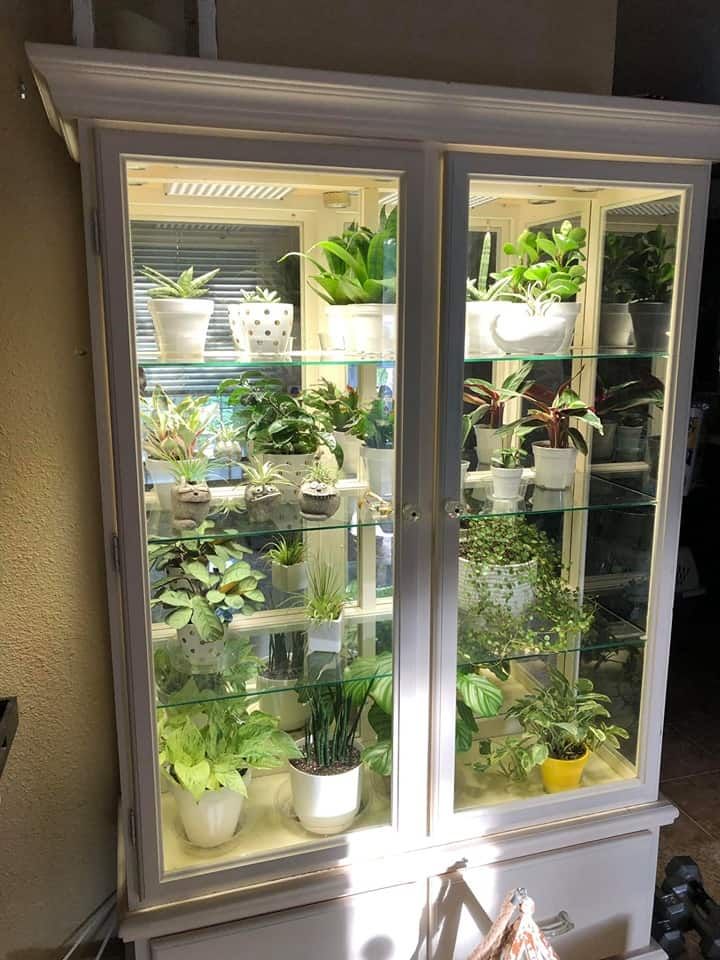
- If you’re on a budget or love upcycling, just look for anything glass-fronted or open-shelved. Add some peel-and-stick LED strips or clamp lights, and boom—instant grow zone.
All of these can be outfitted with stick-on grow lights, small fans, and even humidity meters if you want to get fancy. The key is ventilation and light positioning, so make sure plants don’t overheat or sit in stagnant air.
12 Grow Light Setup Ideas to Try
Need some creative spark? Here are 12 grow light setup ideas that can work in homes big or small:
Herb Shelf in the Kitchen
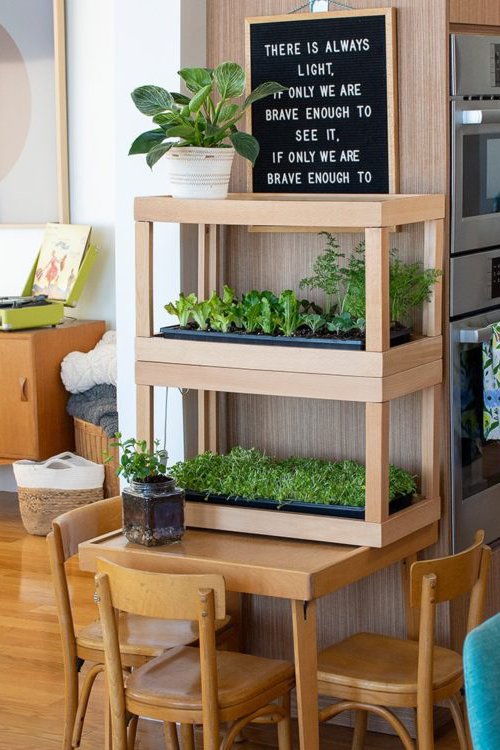
Mount strip lights under cabinets to grow basil, mint, and parsley.
Bookshelf Conversion
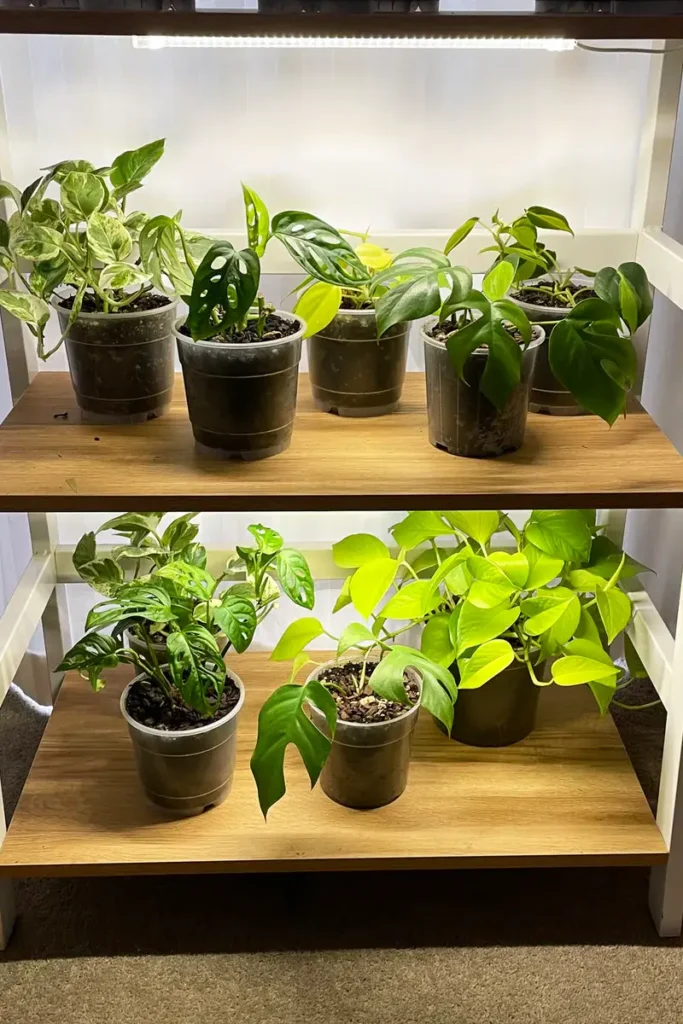
Turn any bookcase into a multi-level indoor garden with clamp-on lights.
Windowsill Boost
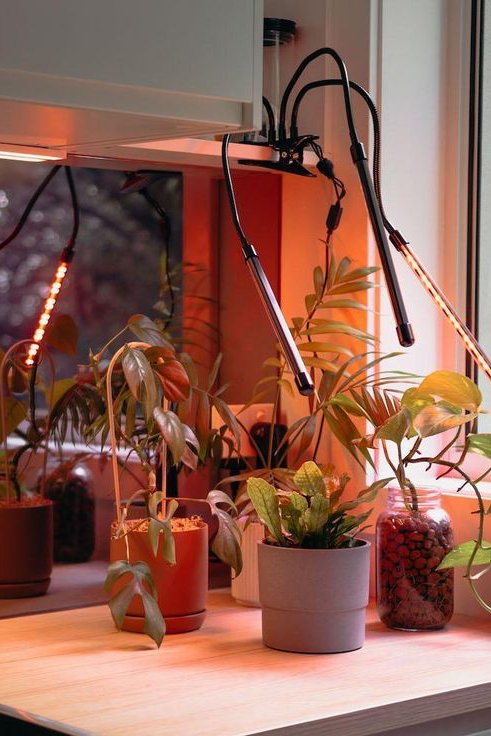
Add a clip light to a low-light windowsill to keep houseplants thriving.
Rolling Cart Garden
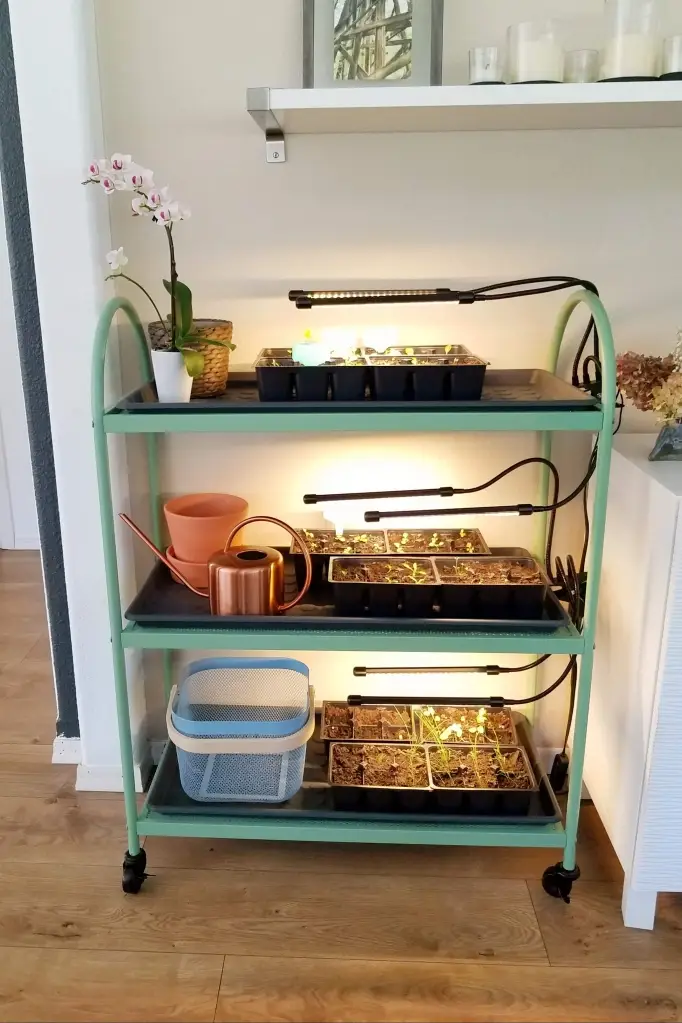
Use a utility cart with grow lights to move plants around your home.
Closet Grow Zone
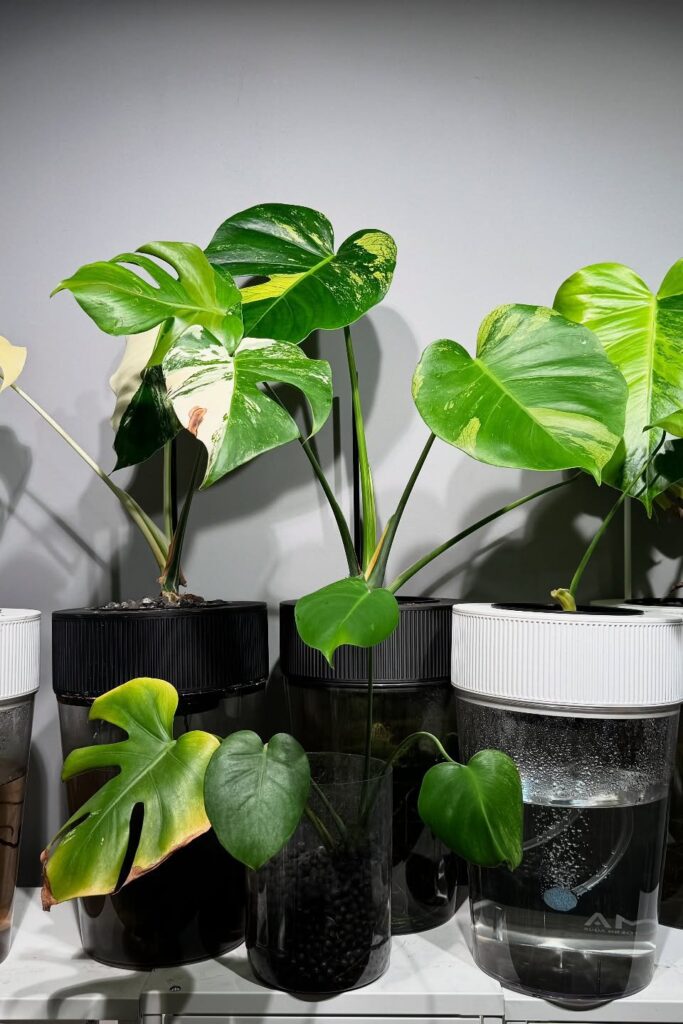
Repurpose a wardrobe or linen closet with lights, fans, and reflective panels.
Terrarium-Style Display
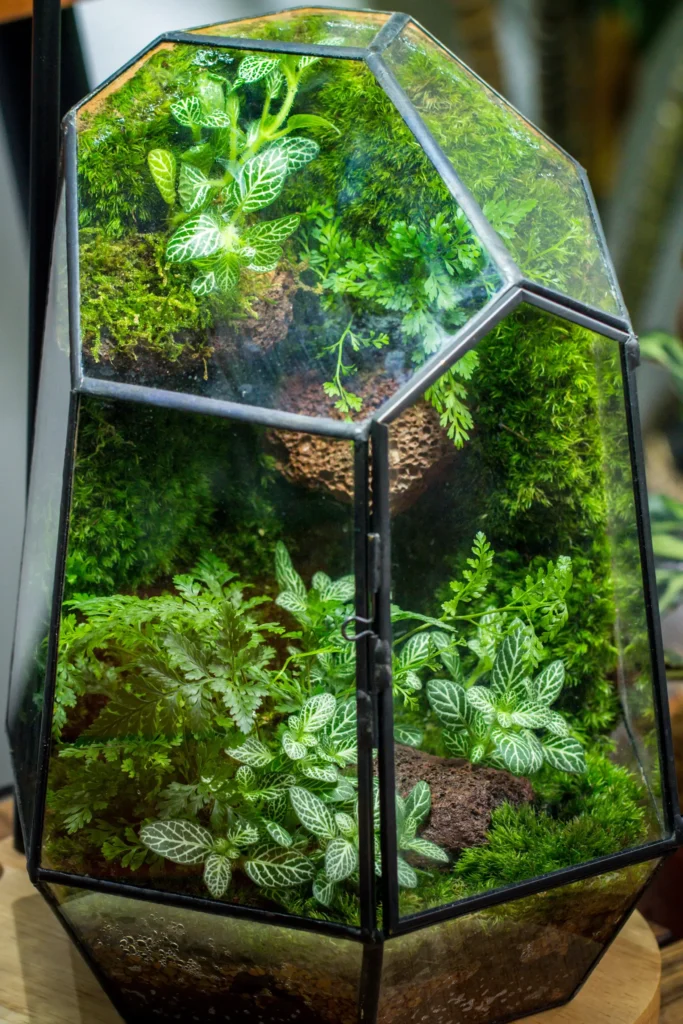
Grow moss, ferns, or humidity-loving plants under a glass dome and LED.
Mini Greenhouse Tent
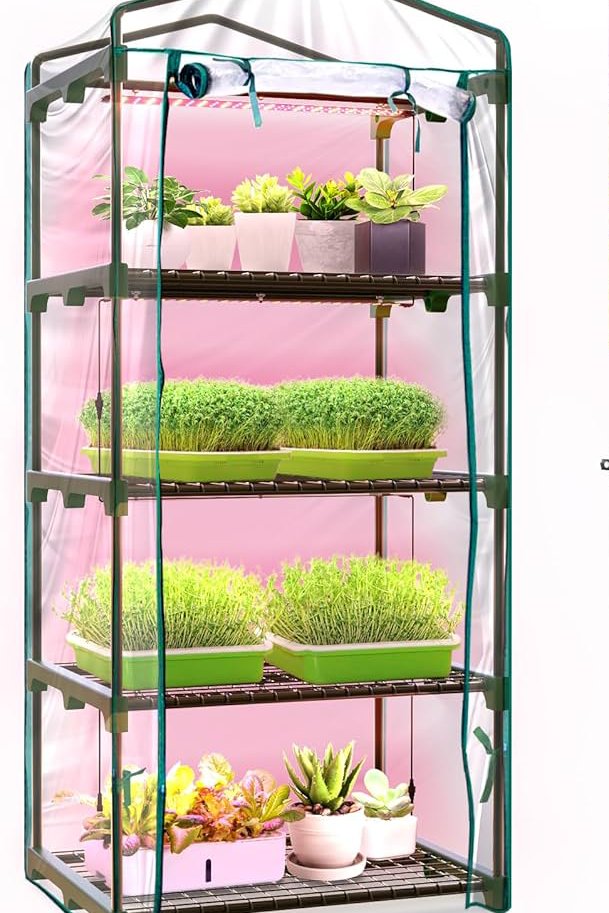
Set up a small grow tent with shelves and LED strips inside.
Wall-Mounted Plant Grid
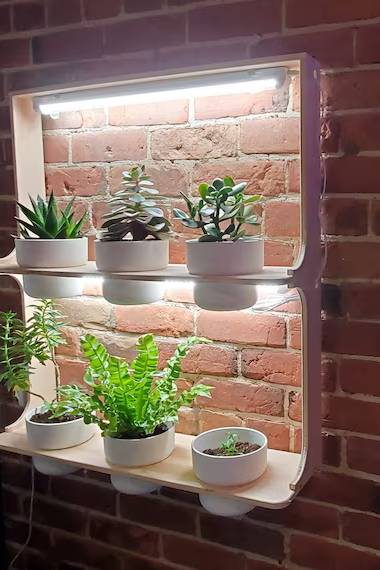
Use a pegboard or trellis with hanging pots and overhead grow lights.
Bedroom Jungle Corner
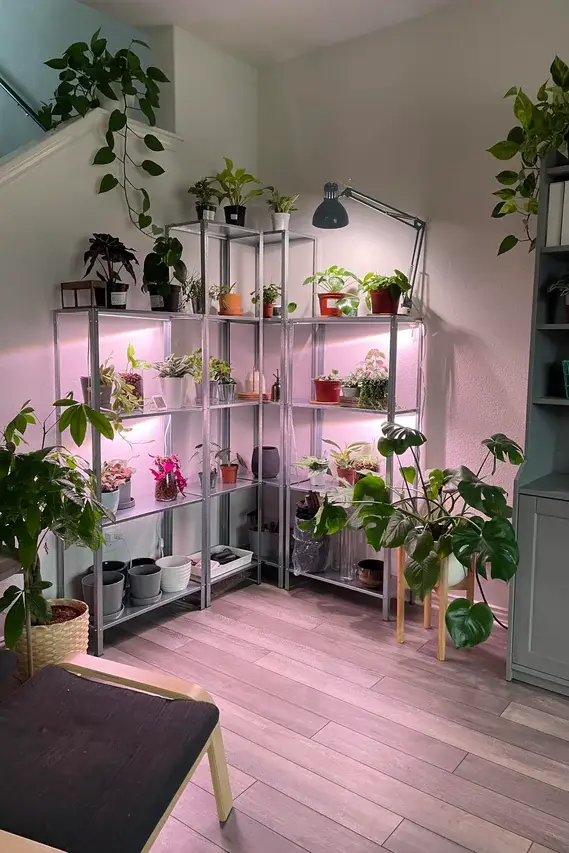
Create a relaxing nook with low-light houseplants and a dimmable grow lamp.
Laundry Room Greens
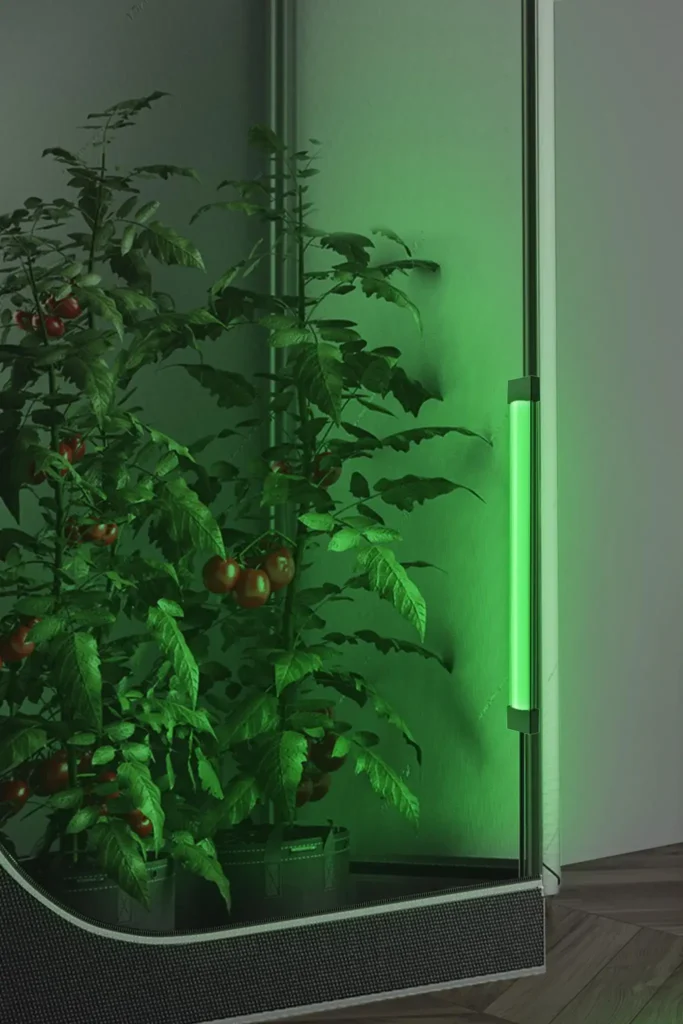
Add vertical shelves with LED lights for leafy greens in unused spaces.
Bathroom Bonsai Setup
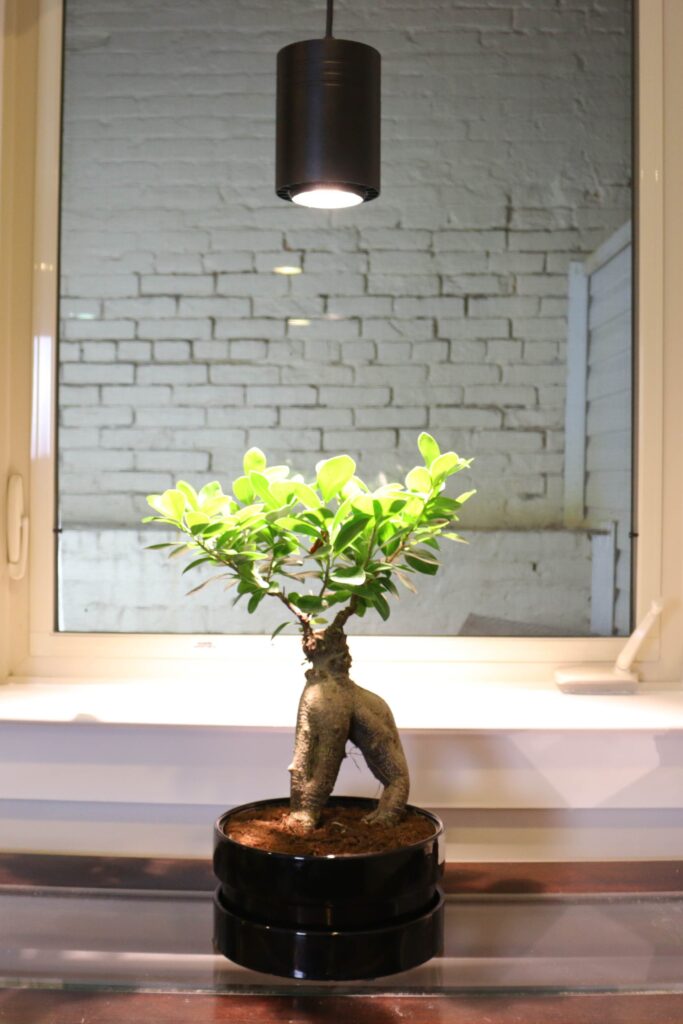
If you get good humidity, use grow lights to support bonsai or orchids.
IKEA Cabinet Hack
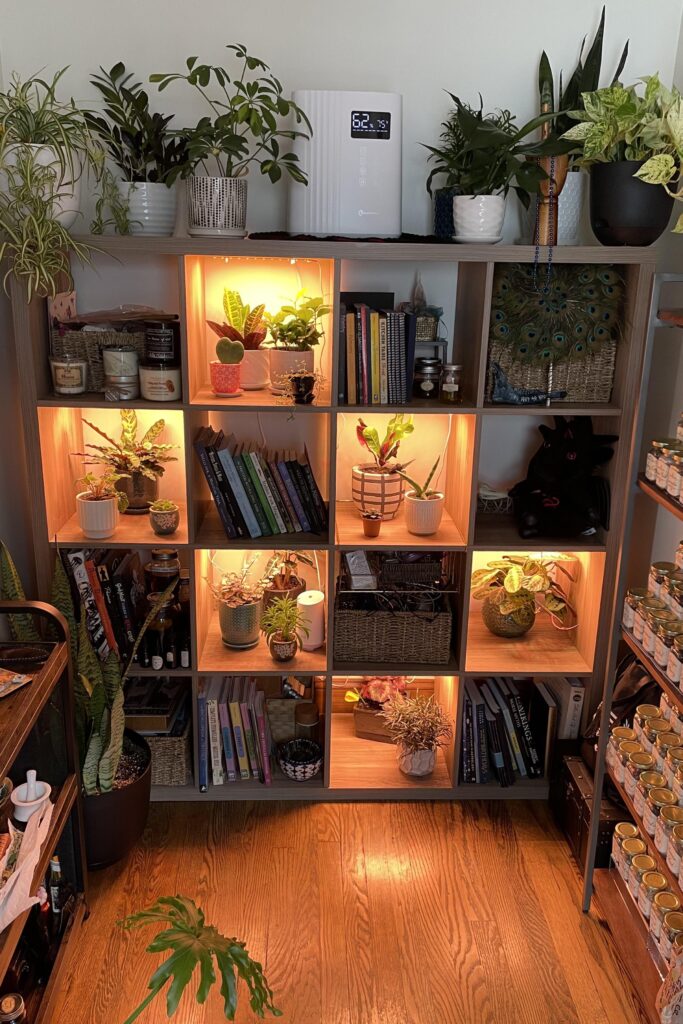
As covered above, modify glass-door cabinets like MILSBO for showpiece grow zones.
Quick Tips I Learned the Hard Way
- Put your lights on a timer. Trust me, you’ll forget otherwise.
- Don’t fry your plants. Keep the light a good distance away.
- Rotate the pots. Plants will lean toward the light.
- Use foil or white walls to bounce light around.
- Check your electricity bill (LEDs help big time).
- Start small and scale up. It’s easy to get carried away with gear, but even a basic setup can work wonders.
Final Thoughts
Getting into indoor gardening is one of the best things I’ve done for my space and my sanity. Seriously, there’s something magical about having fresh basil or mint at your fingertips.
Don’t get overwhelmed by all the light types or setups. Start with what you can. A single LED bulb can get you going. Then expand when you’re ready.
And hey—if you’re not sure what to get or how to set it up, feel free to ask. I’ve made all the mistakes already so you don’t have to. And if you’re into the DIY route, check out those links—they saved me a ton of time and money.
